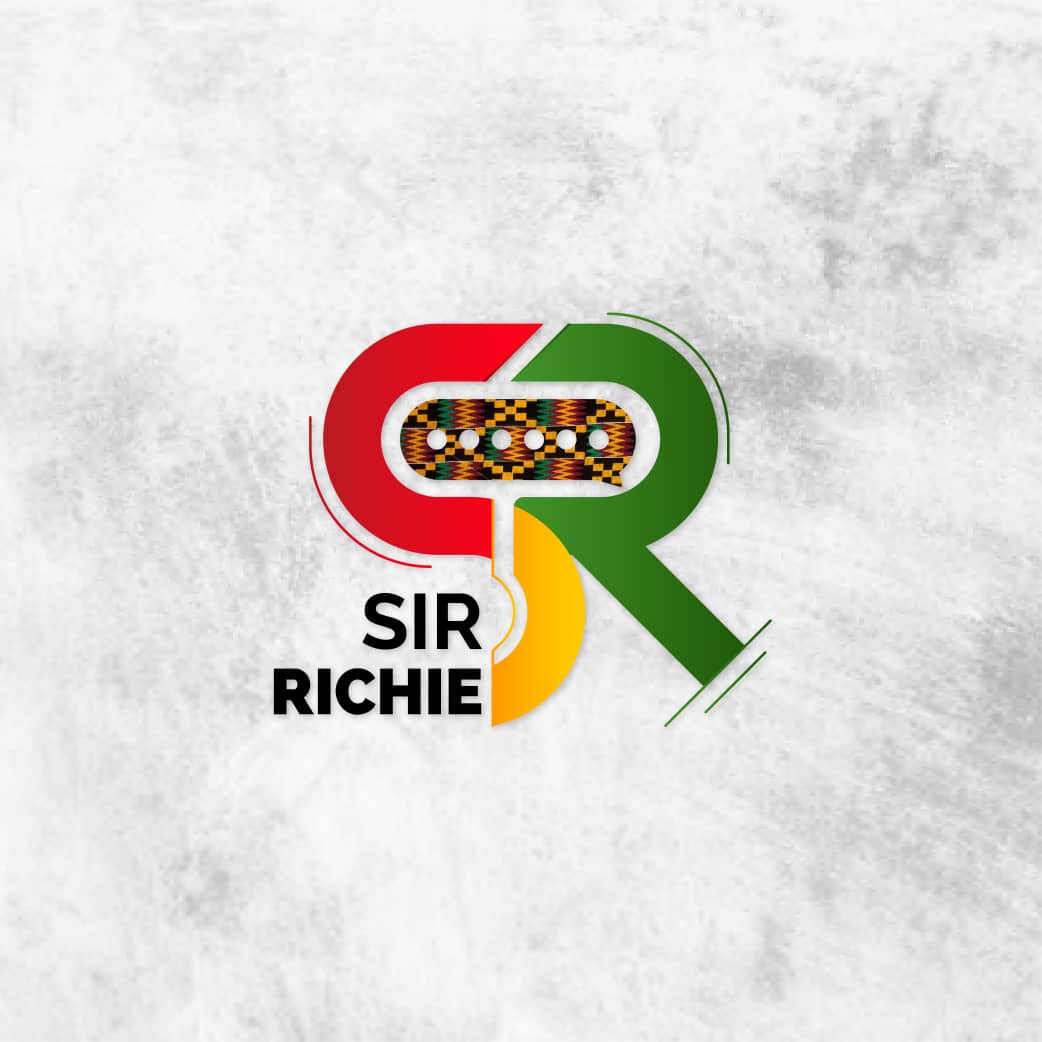Retail price of tomato remains high despite a considerable drop in the commodity’s wholesale price since third quarter (Q3) 2023.
The price for a whole box of the commodity imported from Burkina Faso decreased sharply from GH¢3,000 in Q2-2023 to GH¢1,700 in Q3-2023 – representing a 43 percent drop and has since remained stable through to January 2024. Similarly, the price for a box of locally produced tomatoes dropped by 47 percent from GH¢1,500 in Q2 to GH¢800 in Q3 and remained stable through to January 2024.
Despite the reduction in wholesale prices and fact that most markets visited in Accra are flooded with the produce, some consumers who spoke to B&FT complained of high prices as retail prices remain unchanged. For instance, as a small paint-bucket of local and imported tomatoes goes for GH¢30 and GH¢60 respectively – the prices at which they were being sold before the drop in wholesale prices.
In Ghana, tomato is an indispensable vegetable in the daily diet of people across all regions. Alone, it accounts for 40 percent of total vegetable expenditure. Its value chain in the country has a market size estimated in excess of US$1billion annually – with sub-markets for seeds, agricultural input/implements, haulage, aggregation, tomato concentrate production and sales, among others.
Hagar Asante, a tomato retailer at the Agbogloshie Millenium Market and representative of the market’s queen mother, Mabel Adedevor, told B&FT that: “In spite of the drop, we still consider current wholesale prices of the commodity – both the local and imported – exorbitant; which is why we have not reduced our retail prices”.
Although their decision has resulted in dwindling customer patronage, she noted that it has become necessary for them to maintain the old prices in order to stay afloat.
While bemoaning low profit margins, she said some of her fellow traders have diversified into other businesses because tomato retailing is no longer able to sustain their livelihoods. “Our plight has been worsened by the present economic situation,” she added.
“We are not here to exploit tomato consumers. They are our customers and the reason we are still in business. If a box of the locally grown tomato was reduced to, let say, GH¢400 and the imported one to GH¢1,000 at the wholesale – as it used to be in the past, we would certainly have brought our prices down. Until we see a further drop in wholesale prices, we will maintain the old retail price,” she further said.
While appealing forgovernment to fix roads leading to the markets to enable ease of access for vehicles coming in with goods, she called on the same to install drainage systems to avoid flooding during the rainy season. “In the rainy season this place becomes marshy, making the road completely inaccessible to goods-carting trucks and sometimes humans,” she lamented.
She urged local farmers to adopt smart choices and approaches in farming to beat competition from Burkina Faso, while imploring government to provide assistance for farmers to enable them produce all-year-round and maintain price stability.
“Scarcity of the commodity leads to a hike in prices. To avert this, there is a need for those in authority to give farmers the necessary help to produce all-year-round,” Ms. Asante advocated.
Sarah Boateng, a tomato consumer who was at the Agbogbloshie Market to buy the produce said: “The traders must reduce their price. It is unfair for them to sell it to us at the old price when wholesale prices have dropped”.
According to a study conducted by the West Africa Centre for Crop Improvement (WACCI), University of Ghana, (UG), Ghana’s fresh tomato demand is estimated to be approximately 2.7 million MT/annum – with an estimated market size in excess of US$537.5million if the country were to locally produce all that it consumes.
Tomato farming in Ghana is a lucrative business. However, poor farming practices and lack of proper storage and transport infrastructure remain major challenges.
